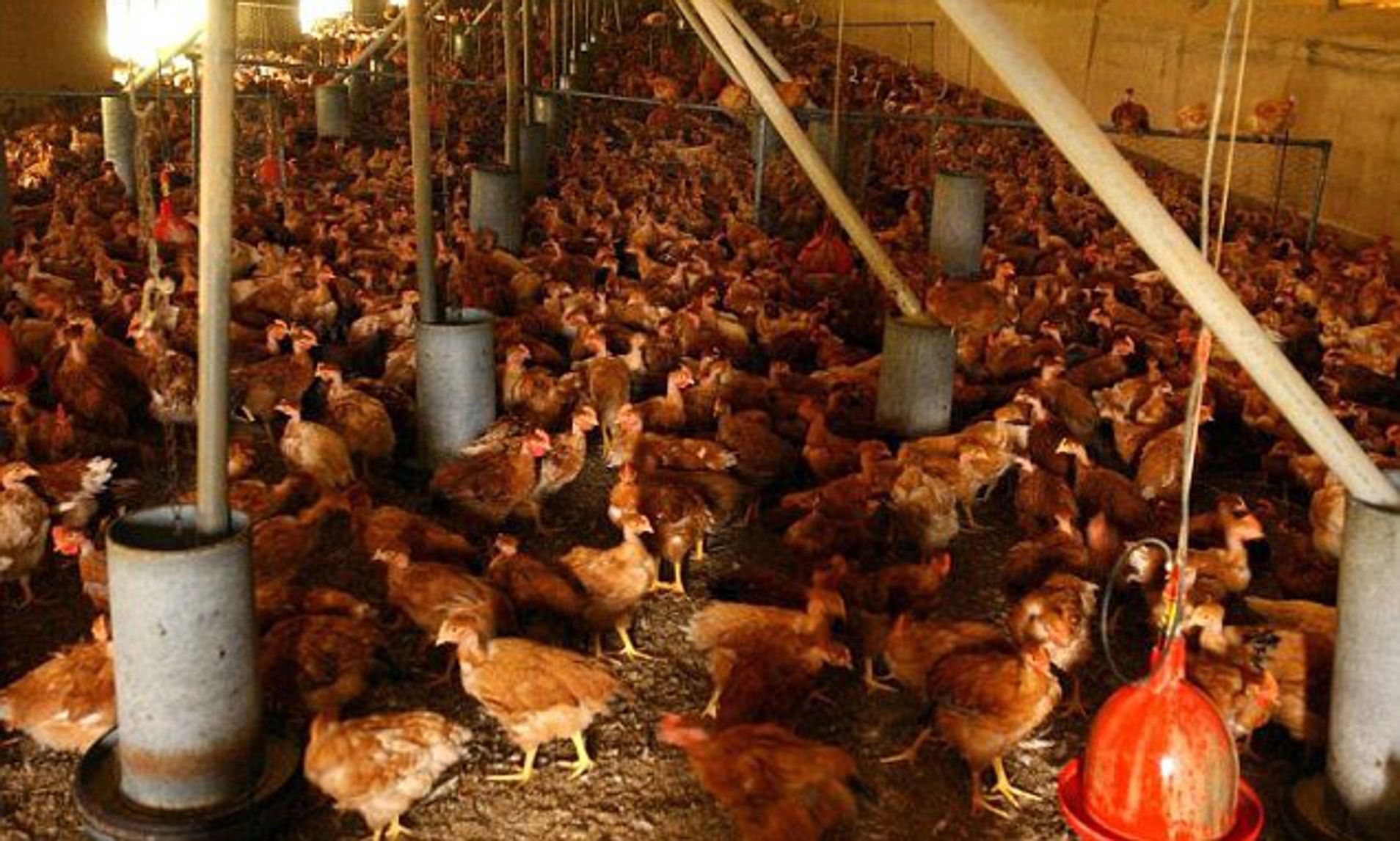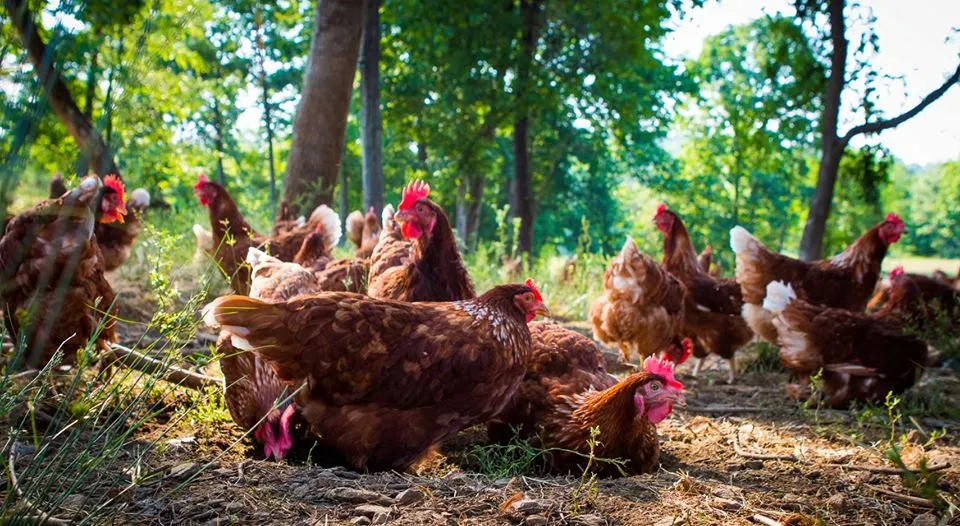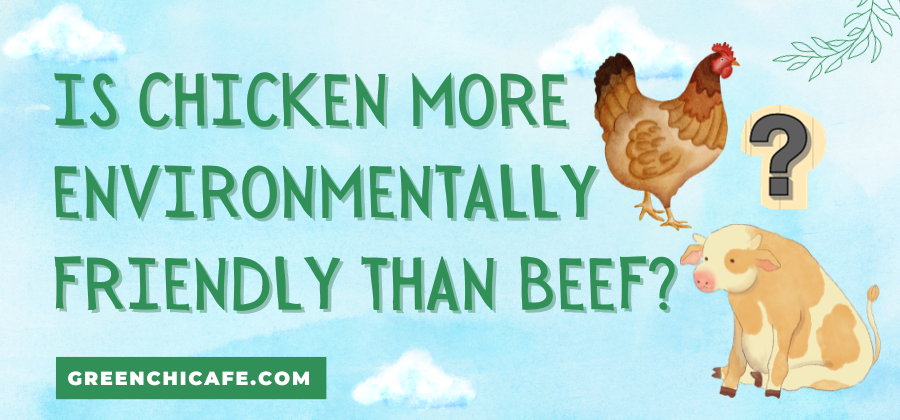With concerns around climate change and sustainability growing, many people are taking a closer look at their diets and wondering how to reduce their environmental impact.
Two of the most popular meats, beef and chicken, have markedly different effects on the planet.
Here’s a breakdown of the evidence on which is better for the environment.
Is Chicken More Environmentally Friendly Than Beef?

Chicken is widely considered to be more environmentally friendly than beef.
The carbon footprint of chicken is about 4 times less than beef per gram of protein.
Beef production requires significantly more resources and generates high methane emissions from cattle.
Replacing beef with chicken can help reduce greenhouse gas emissions related to food consumption.
Key Points
- Beef has a much higher carbon footprint than chicken due to high methane emissions
- Chicken requires less land, water, and feed compared to beef
- Switching from beef to chicken can reduce an individual’s food-related emissions by over 30%
Our Opinion
In my expert opinion, the evidence clearly shows that chicken is a more sustainable and eco-friendly choice than beef.
While eliminating meat entirely may have the lowest environmental impact, simple switches like choosing chicken over beef can significantly reduce one’s carbon footprint.
Chicken production has less impact on land, water, and greenhouse gas emissions.
Therefore, I believe chicken is a better option for those concerned about their personal environmental impact.
Which Meat Has a Lower Carbon Footprint?
Numerous studies have shown that beef has a significantly higher carbon footprint than chicken. The production of beef generates high levels of greenhouse gases like methane from cow digestion and waste. It also requires more land, water, and feed than poultry.
Chicken has a carbon footprint around 4 times lower than beef. Switching from beef to chicken can reduce the greenhouse gas emissions of your diet by over 35%. Chickens also convert feed into meat protein more efficiently than cows.
However, the large-scale production of soy and grain to feed chickens can lead to deforestation and other environmental issues. Pasture-raised beef has a lower footprint than factory-farmed chicken fed with soy.
Overall, evidence clearly shows chicken is more environmentally friendly than conventionally-produced beef in terms of greenhouse gas emissions. Shifting towards poultry over red meat, even in moderation, can lower the climate impact of your food choices.
How Does Chicken Farming Impact the Environment?

Chicken farming can still take a toll on the environment in several ways:
- Chicken manure releases ammonia, which can pollute water and air. Poor waste management causes issues.
- Large chicken farms use significant amounts of energy for lighting, heating, and ventilation systems. This leaves a sizable carbon footprint.
- Overuse of antibiotics in poultry leads to antibiotic-resistant bacteria. This is a major health concern.
- Soy-based chicken feed contributes to the deforestation of cropland, a major source of carbon emissions.
However, technology improvements and better practices can reduce the ecological impact of chicken farming. For example, improved feed formulas reduce the amount of soy required. And pasture-raised chicken has a much lower impact than factory farms.
Overall, chicken remains a greener protein source than beef. But reducing meat consumption overall is still the best option for the planet.
What Are the Greenhouse Gas Emissions From Beef?
Beef production generates high levels of greenhouse gases, especially methane and nitrous oxide.
- Cows produce methane naturally through their digestive process, belching, and manure.
- Methane is 25 times more potent than CO2.
- Fertilizers used to grow feed crops emit nitrous oxide, which is 298 times more potent than CO2.
- Beef’s carbon footprint considers emissions from fertilizer, livestock production, transport, and land-use changes. It dwarfs that of chicken.
Studies show beef has a carbon footprint around 20 times higher than chicken or plant proteins. Even small reductions in beef intake can shrink your diet’s climate impact.
Pasture-raised beef has a lower carbon footprint than factory farms. But beef still requires far more land and resources than chicken or plant proteins overall.
Does Chicken Require Less Land and Water?

Absolutely. Chicken production uses significantly fewer natural resources than beef.
- Chicken requires just 1/10th the amount of land compared to beef per gram of protein.
- Raising beef cattle consumes about 10 times more water than poultry farming.
- Cattle overgrazing leads to deforestation, especially in Latin America. Chicken does not drive deforestation nearly as much.
The resources needed to produce beef are immense. By swapping some beef for chicken, we can greatly reduce the land, water, and carbon footprint of our diets.
Pasture-raised chickens have a slightly higher environmental impact than factory-farmed birds. But the difference remains minor compared to beef’s massive resource requirements.
Are There More Sustainable Meat Choices?
Yes, there are more sustainable options than conventionally raised beef and chicken.
Pasture-raised beef has a lower climate footprint than feedlot beef. But it still requires far more resources than chicken.
Vegan diet alternatives like plant-based meat; from brands called the Impossible Burger and Beyond Meat patties have an even lighter footprint. They use a fraction of the land, water, and energy compared to traditional meats.
Bivalve shellfish like mussels and oysters are also climate-friendly. They require no additional feed inputs and even filter water.
Game meats can be hunted sustainably from wild animals like deer or elk. This avoids the resource inputs of animal agriculture.
At the end of the day, reducing overall meat consumption is the best way to lower our food’s climate impact. But choosing chicken and plant-based proteins over beef can help as well.
FAQ
What Is Worse for the Environment Beef or Chicken?
Beef has a significantly larger carbon footprint and greater environmental impact than chicken. The production of beef requires more land, water, and feed than chicken.
What Meat Is Most Environmentally Friendly?
Chicken and other poultry are generally considered the most environmentally friendly meats, followed by pork. Beef has the largest environmental impact due to high greenhouse gas emissions from cattle.
Does Chicken Produce Less Emissions Than Beef?
Yes, chicken production generates far fewer greenhouse gas emissions than beef. The carbon footprint of chicken is about 4 times less than beef per gram of protein.
Is Eating Chicken Bad for Climate Change?
While no meat is climate neutral, chicken is one of the less environmentally damaging meats. Switching from beef to chicken can significantly reduce an individual’s carbon footprint related to food.
Conclusion
Chicken is more environmentally friendly than beef. The production of beef requires more land, feed, and water and generates higher greenhouse gas emissions. Switching from beef to chicken can reduce an individual’s carbon footprint from food by over 30%. While not climate neutral, chicken has a lower environmental impact and smaller carbon footprint compared to beef and other red meats.
